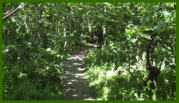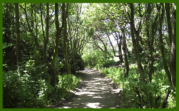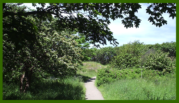Trees of the Park
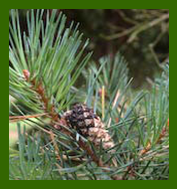
SCOTS PINE
Pinus Sylvestris is an evergreen coniferous tree growing up to 35 metres in height and 1 metre trunk diameter when mature.
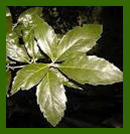
HOLM OAK
Quercus Ilex is a medium sized tree 20-22 metres with finely square—fishered blackish bark and leathery evergreen leaves, also known as the Holly Oak
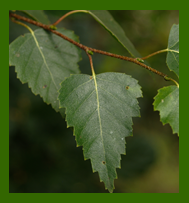
SILVER BIRCH
Betula Pendula is a medium sized deciduous tree, typically reaching 15-25 metres tall. The bark is white often with black diamond shape marks and has a crown of arched branches with dropping branchlets.

HAWTHORNE
Crataejus are small shrubs or trees mostly growing between 5 and 20 metres tall with small pome fruit and thorny branches. These trees are most recommended for water conservation landscapes.
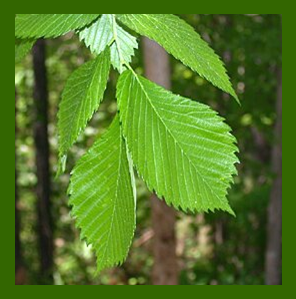
ELM
Ulmus Minor Var, once common around the rich farm soils of middle England, the Elm was ravaged in the late 20th century, by Dutch Elm Disease. Despite its name, The English Elm, there is still debate over whether this tree is a native species or was brought here by bronze age farmers.
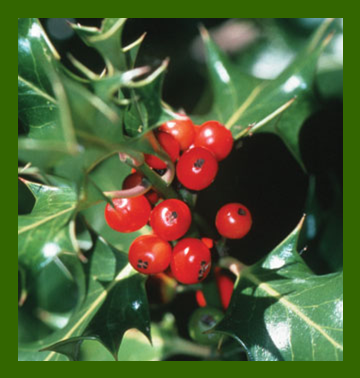
HOLLY
The Holly is a genus of 400/600 species of flowering plants in the family Aquifoliaceae and the only living plant of that family. This species are evergreen and deciduous trees, shrubs and climbers from the tropics to temperate zones worldwide.
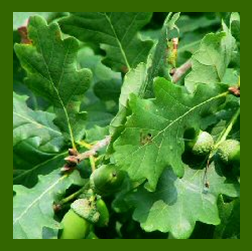
ENGLISH OAK
Quercus Robur is a deciduous tree with flowering taking place in mid spring and the fruit, called acorns, ripen by the following autumn. The Oak is native to most of Europe and also parts of North America. It’s a member of the white oak section.
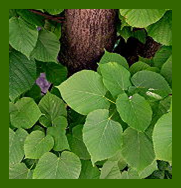
LIME
Tilia is a genus of about thirty species of tree native throughout most of the northern hemisphere. They are generally called Lime in Britain and are large desiduous trees reaching typically between 20 to 40 metres tall.
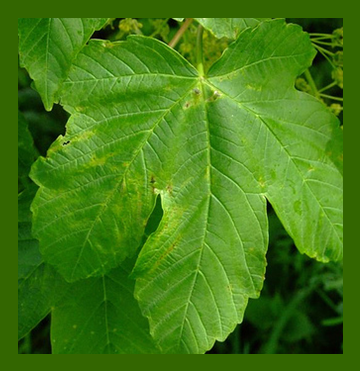
SYCAMORE
Acer Pseudoplatanus is known as the Great Maple, the Plain Maple (Scotland), but the generic name is Sycamore. It is a broad leafed plant with deciduous leaves. It tolerates a wide range of conditions including urban and coastal environments.
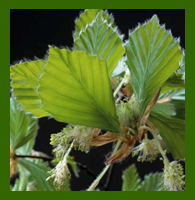
BEECH
Fagus Sylvatica also known as the Beech is often seen as a feminine tree and particularly elegant examples may earn the name Queen Beech. It grows best on acid soils, but does well on poor sandy shallow and chalky soils.
